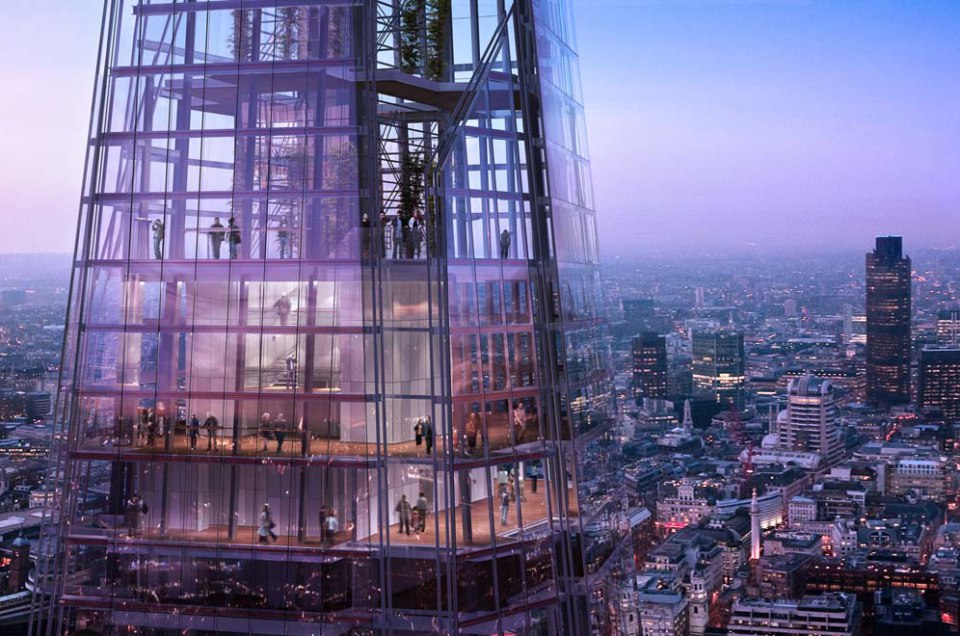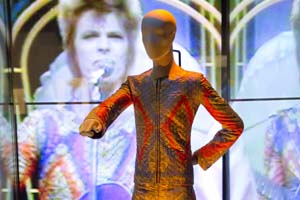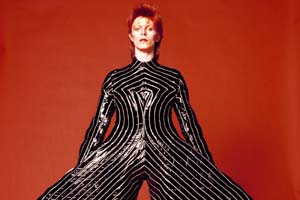Never has Dr Samuel Johnson’s view on England’s capital city been more true: “When a man is tired of London, he is tired of life.”
Take a visit right now and you’ll find a wealth of culture and new attractions, to either complement your trip or give you more than enough excuses to book a visit in the next few months.
From the current exhibition of work by American pop artist Roy Lichtenstein at Tate Modern to the breathtaking views from London’s newest and tallest structure, The Shard, London in spring/summer 2013 is every bit as attractive and inviting as it was during last summer’s Olympics.
A central figure of American pop art, Roy Lichtenstein is perhaps best known for his ‘war and romance’ paintings, exploring the clichéd gender images portrayed in comic books – 1963‘s Whaam! perhaps the most famous of these.
Tate Modern’s Lichtenstein: A Retrospective shows us how the artist developed not only that style of work, but visited landscapes, nudes and abstraction across more than three decades.
Through 13 rooms, this comprehensive retrospective – the first since his death in 1997 – allows us to not only see his most famous works up close, but also see the many other sides to his art, including the serene Chinese landscapes he painted in later life. Highly recommended.
From pop art to a pop star – although music chameleon David Bowie is so much more than that. Artist, actor, icon, the V&A’s exhaustive David Bowie Is exhibition coincides with the latest chapter for one of music’s most versatile and intriguing stars, whose list of alter egos makes Madonna look decidedly drab.
Ziggy Stardust, Aladdin Sane and The Thin White Duke are just three of these identities – and that’s before you consider the myriad roles of his rather dubious acting career.
Over about three hours, the V&A show guides you through every aspect of Bowie’s extraordinary career, from early influences as the young David Jones grew up in Bromley, through to his many on stage incarnations and brilliant outfits.
Complemented by an audio soundtrack from Sennheiser, the music and dialogue change automatically as you progress through the rooms.
We see Bowie’s own acrylic saxophone, green cord jacket and 12-string guitar, all part of a fabulous video tableau; the famous Freddie Burretti designed Stardust jumpsuit, behind which we see and hear the famous Top of the Pops performance – ‘ultra violence in Liberty fabrics’ as Bowie described it; handwritten lyrics from a string of his most famous songs; the original stage set model for the Diamond Dogs tour – there’s little that isn’t here.
We see posters from the many films that inspired him – 2001: A Space Odyssey, Metropolis and A Clockwork Orange amongst them; a US tour itinerary that jokes that for some journeys they cannot use trains and may have to revert to ‘covered waggons or pegasus-drawn chariots’. There’s even the tiny cocaine spoon that Bowie took with him on the Diamond Dogs tour.
Everywhere you walk, music and speech streams into your headphones as you gaze upon another wonderful video, piece of memorabilia or stage costume.
For Bowie aficionados, this is manna from heaven. For the average music fan, the curious or non-converted, it’s a wonderful glimpse into his world, sure to send you off in search of his albums, videos – even his films, although based on the clips from the likes of The Prestige, Labyrinth and Merry Christmas Mr Lawrence, that may be a step too far.
In the penultimate room, we watch floor to ceiling video walls of the man himself – the final confirmation, if it was needed, that Bowie is a true one-off, and for whom this wonderfully curated V&A exhibition is a fitting tribute.
From Ashes to Ashes to pyroclastic surges, and the British Museum’s latest offering, Life and Death: Pompeii and Herculaneum, which takes us back to that fateful day in August AD 79, when the towns of Pompeii and Herculaneum were engulfed by the eruptions of Mount Vesuvius, killing thousands, the huge depth of debris preserving hundreds of artifacts which would be unearthed some 1700 years later.
Taking us through the various rooms of a typical Roman house (triclinium, horta, culina etc), we see carbonised tables, exquisite frescoes and mosaics, phallic table decorations and priceless jewellery, all recovered from the two towns.
Pay £4.50 for the interactive audio tour, and you will have the benefit of the museum’s experts to impart even more information and insight into this fascinating moment in history.
London’s newest landmark, The Shard, is a short tube ride from Holborn to London Bridge.
It’s advisable to book timed tickets, not only to guarantee entry at busier times, but to save a few pounds – although advanced booking prices of £24.95 for adults and £18.95 for children are not exactly cheap.
What you get, however, is a trip via two 15mph lifts to the 69th floor of Renzo Piano’s iconic, 310-metre high Southwark shard, where you can gaze down at the likes of HMS Belfast, the London Eye (which looks minute), Tower Bridge and, further afield, Wembley and the Olympic Stadium.
Cameras are a must.
Take the stairs to the 72nd floor, which is slightly open to the elements, and the views are even better, although here you don’t get the benefit of the video telescopes.
It’s a great end to another memorable trip to the capital.
Dr Johnson would doubtless approve, but at times even he might be lost for words.
Fact file
David Bowie Is runs at the V&A until August 11 2013
Lichtenstein A Retrospective is on show at the Tate Modern until May 27 2013.
Life and Death: Pompeii and Herculaneum is at The British Museum until September 29 2013.



